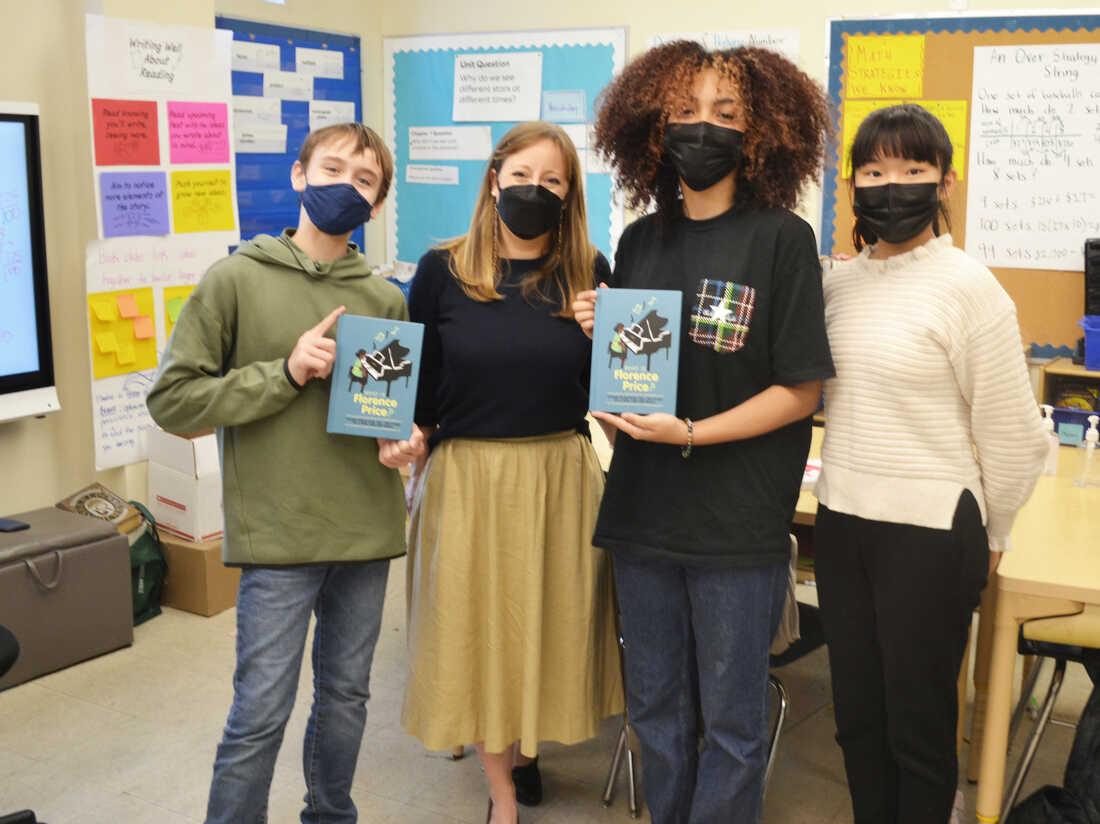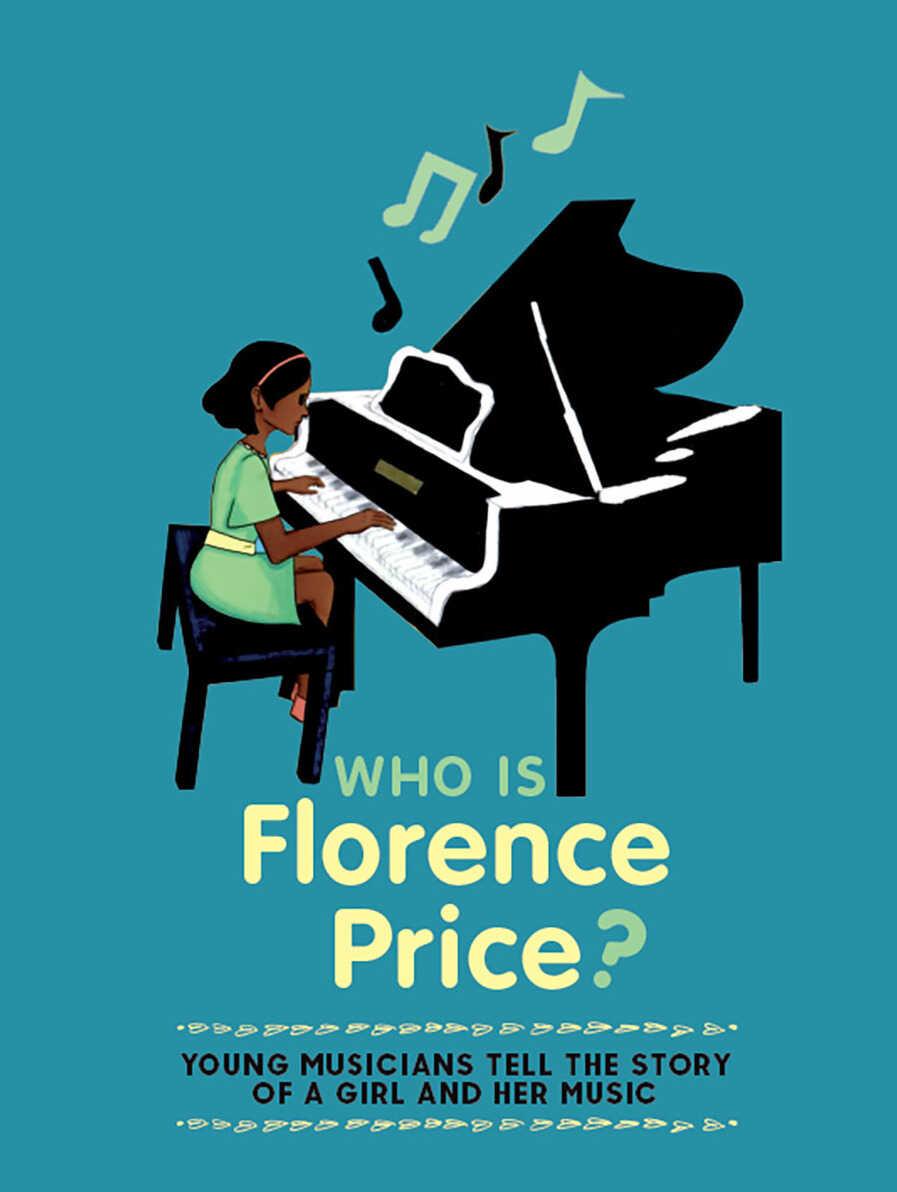By Christine Melchert
Students at a New York City middle school couldn’t find a children’s book about Florence Price, a prolific, but often ignored and unknown Black female composer. So, they decided to write their own! This is a remarkable story about how the next generation saw a need and took matters into their own hands to re-write classical musical history to be more inclusive and equitable. The students’ work was promoted by Kate Sheeran (Executive Director of the Kaufman Music Center) who said, “They’re seeing that they can have a voice in shaping who writes history and who tells stories, and that we don’t have to just accept the way music is presented to us or the way music history is presented to us — that they too can shape that. And that, to me, is the most exciting thing.
“We talk about representation in literature all the time,” Shannon Potts, the students’ English teacher, observes. “For kids to be able to become authors and activists in a way, to disrupt the story of the way that classical music is being told. They no longer, as a diverse population, become victims of a largely white society. They control the narrative. They can rewrite it. And this project, in the way it’s been received, really shows them that when they speak up, the world is ready to hear them.”Read and listen about this exciting process here:
Students write a book about Florence Price
Check you favorite book seller to purchase a copy of the book.





